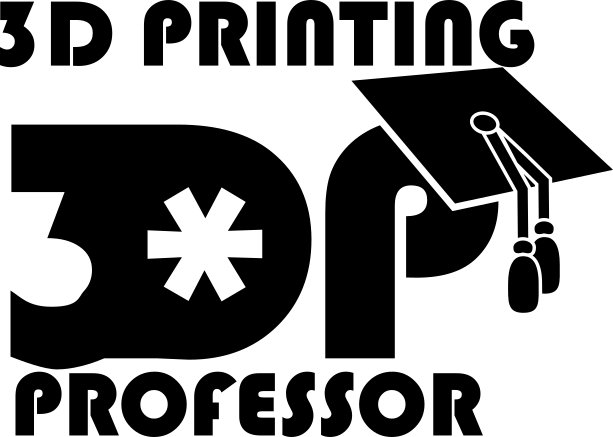Thing that didn’t make the cut in this video:
- I originally was going to put a charging circuit into the handle so I could charge the batteries with a plug that was simple to reach from the outside, or so that I could run it while it was plugged in. Unfortunately, it looks like that circuit wouldn’t have worked, and it burned out while I was trying to add it to this project, so I just scrapped it. No I need to charge it by opening it up and plugging it in, but that works, and the batteries run pretty much all day, so I’m not worrying about it right now.
- The balls on the end of the handle didn’t print perfectly smooth. Balls never do with FFF. So I dipped it in my light curing resin, hardened it with a handheld LED light, and that did the trick.
- The process of getting the filigree pattern 2D image aligned properly with the 3D model is something I’d love to go into depth on at some point, too.
- Nearly every part of this project was reworked, reprinted, or replaced. This sword is kinda already version 2, though I suppose you could have called all those mess ups the prototype phase. I suppose it just depends on what engineering process diagram you’re working with.
I could also see future spin off videos from this one, if it seems people want it. Like:
- When will I share the files for this project
- A tour of the upgrades that I will inevitably do
- A tour of the code
Speaking of the code, if you’d like to check it out in it’s “final” form, here’s the Wokwi link for that:
https://wokwi.com/arduino/projects/319187922384323154
If you’d like a more stripped down environment to experiment with and make your own patterns, I’ve got that, too:
https://wokwi.com/arduino/projects/319167182560821843
I’m honestly grateful and impressed with WokwiMakes for putting this awesome tool together. The first version of this lightsaber code was pretty basic. Just 6 color modes, Green, Blue, Yellow, Purple, Red with some sparkles in it, and then a Rainbow mode inspired by the Star Wars Visions Episode “The Twins”. But since I had time on my hands and a simulated environment to play in, I realized I had basically 4 modes that were the same mode so rewrote one function to do them all. That freed up some room to add some new modes (including camo and Christmas) pretty easily. Then I found this flame example someone wrote which was perfect, so I shoehorned that into my code. Then I added a lava lamp mode, which I had been thinking of for a while. I tweaked the sub-mode input a couple of times so that each mode can get information about where the pot is inside itself, which allow for further condensation of the modes.
In the end I got a pretty cool lightsaber and learned a lot about FastLED in the process.
The point of which is: it’s not hard to learn to code. It just takes time. The more time you spend on it, the better you will become. Had I stuck with my first version of the code it would have worked, but it would have been a lot less interesting.
![]()
![]()
![]()
![]() For this video I wanted to do something ambitious, and I don’t mean the project itself. I wanted a project based video with a hardware review snuck in there, as well as maybe some educational elements. This isn’t the first time I’ve wanted to do this, but my last attempt, the “Making a Wiggle Bot with the Longer Cube 2” video, was, with the benefit of hindsight, an unwatchable mess. However, this time I had the opportunity to take Mark Rober’s Engineering course, which I have some opinions about, but where I learned to make my videos appeal emotionally to people, which I made an attempt to do. I also scripted this one out a little better, though I still let myself just riff the individual lines I did. Still, I hope the over all effect is a good video that’s well received.
For this video I wanted to do something ambitious, and I don’t mean the project itself. I wanted a project based video with a hardware review snuck in there, as well as maybe some educational elements. This isn’t the first time I’ve wanted to do this, but my last attempt, the “Making a Wiggle Bot with the Longer Cube 2” video, was, with the benefit of hindsight, an unwatchable mess. However, this time I had the opportunity to take Mark Rober’s Engineering course, which I have some opinions about, but where I learned to make my videos appeal emotionally to people, which I made an attempt to do. I also scripted this one out a little better, though I still let myself just riff the individual lines I did. Still, I hope the over all effect is a good video that’s well received.
But I always hope that.

